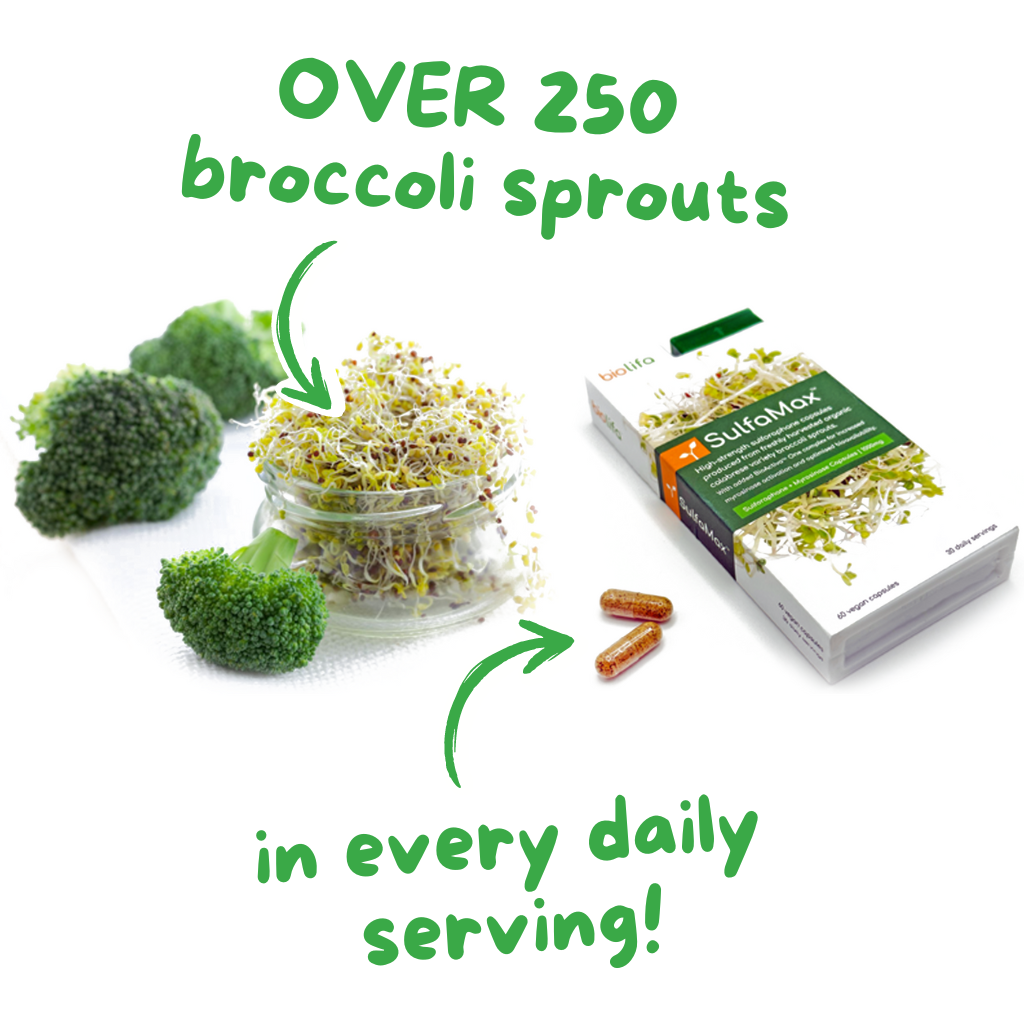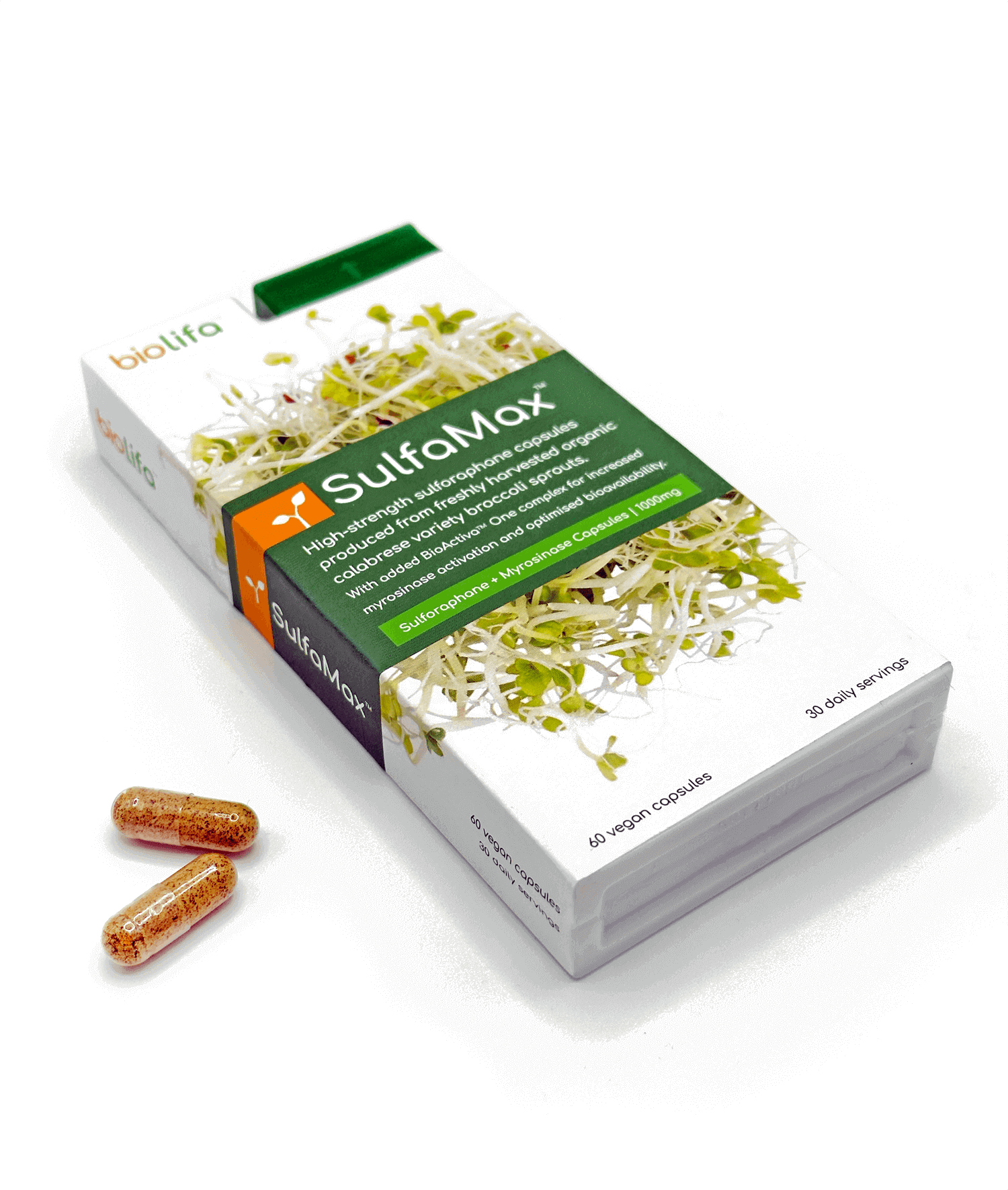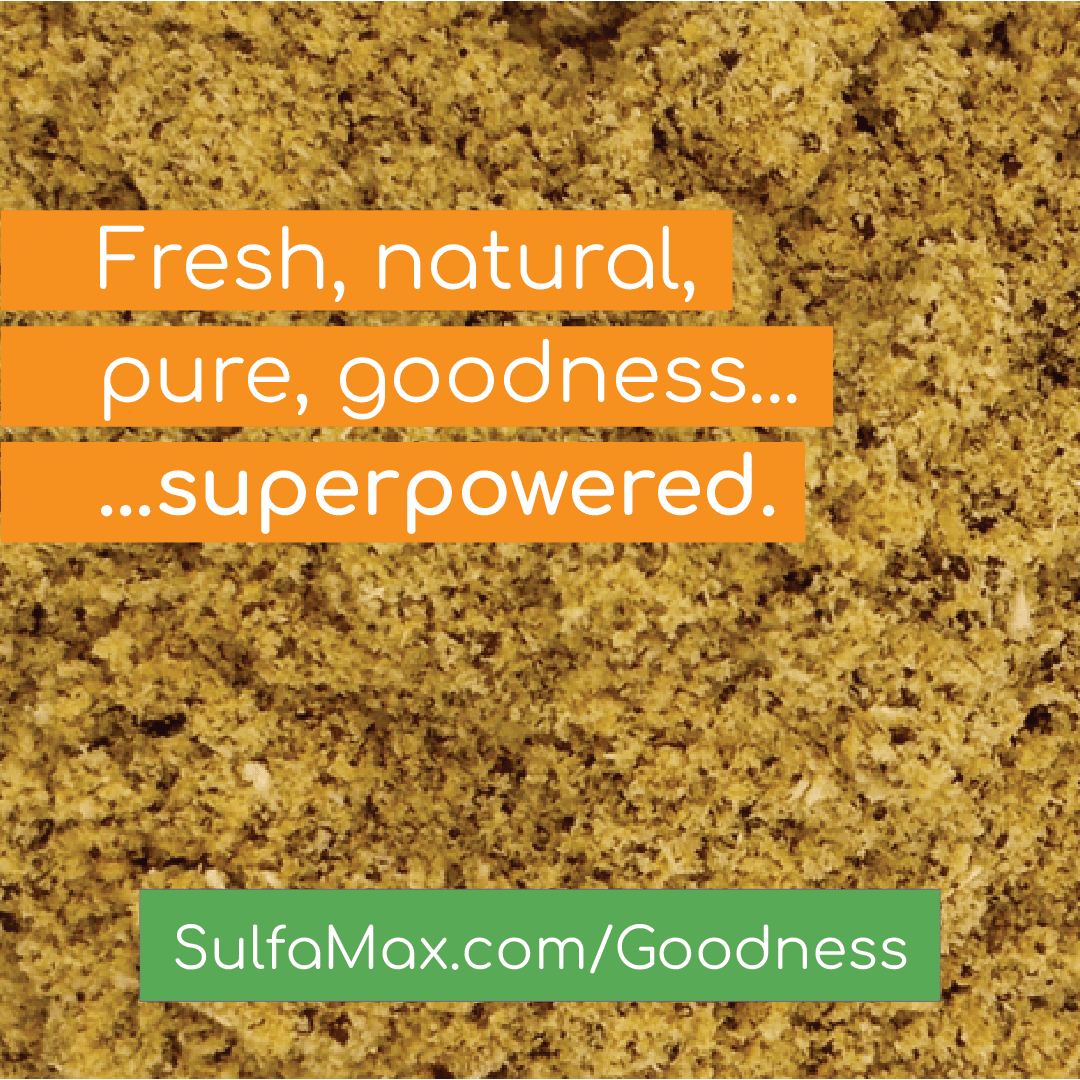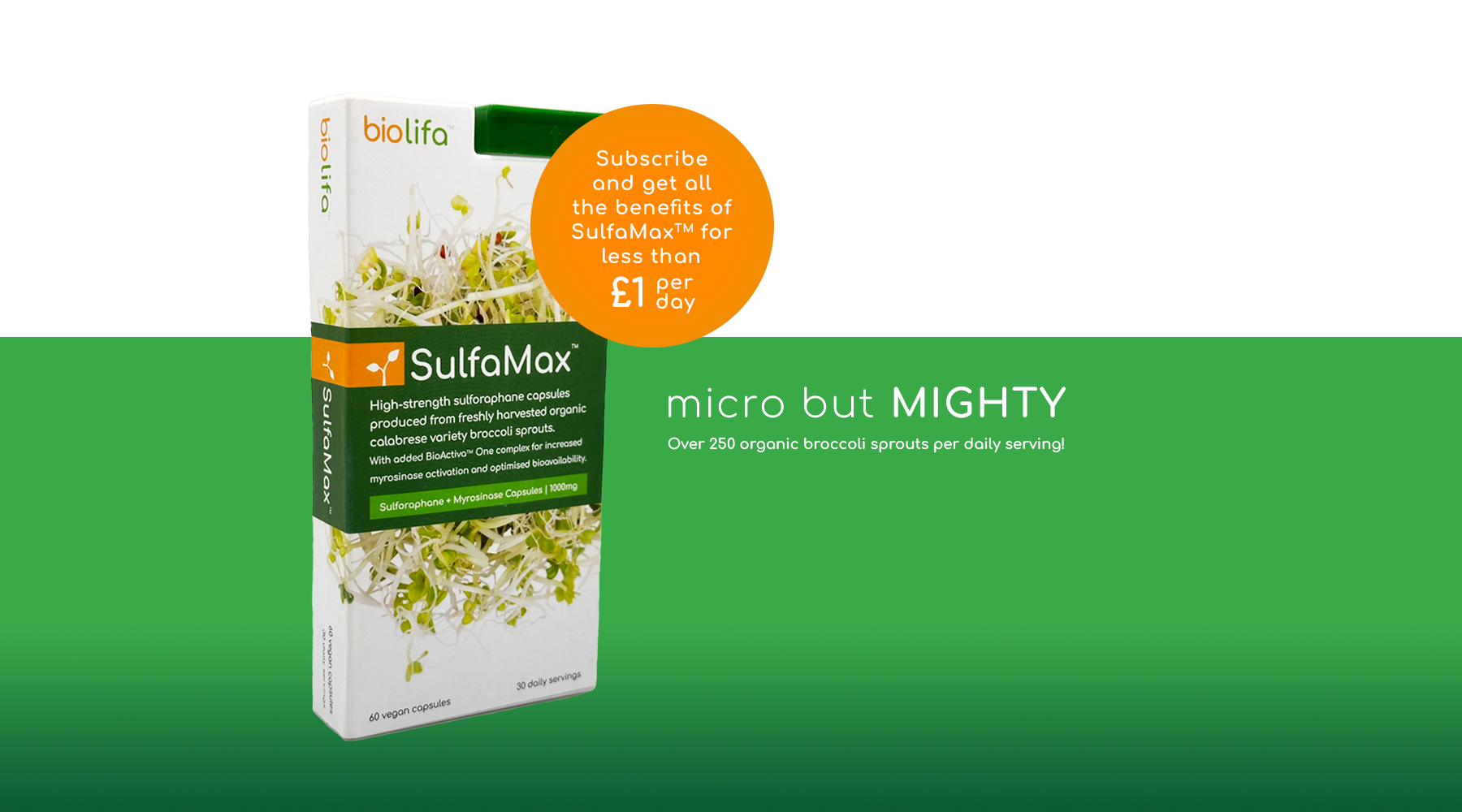When it comes to optimising our health and well-being, we are constantly on the lookout for natural solutions that can make a real difference. One such solution that has been gaining attention in recent years is sulforaphane, a powerful compound found in certain vegetables. But what exactly is sulforaphane, and how does it work? In this blog post, we will explore the incredible potential of sulforaphane and its role in activating the NRF2 pathway.
What is Sulforaphane?
Sulforaphane is a natural compound that belongs to a group of chemicals called isothiocyanates. It is most commonly found in cruciferous vegetables such as broccoli, cauliflower, kale, and Brussels sprouts. These vegetables are not only packed with essential nutrients but also contain high levels of glucoraphanin, a precursor to sulforaphane.
How Does Sulforaphane Work?
One of the most fascinating aspects of sulforaphane is its ability to activate the NRF2 pathway. The NRF2 pathway is a cellular defense mechanism that plays a crucial role in protecting our cells from oxidative stress and inflammation. When activated, NRF2 triggers the production of antioxidant enzymes that help neutralize harmful free radicals and reduce inflammation.
By activating the NRF2 pathway, sulforaphane essentially supercharges our body's natural defense system. This can have a wide range of benefits, including improved detoxification, enhanced immune function, and reduced risk of chronic diseases such as cancer, heart disease, and neurodegenerative disorders.
The Health Benefits of Sulforaphane
The potential health benefits of sulforaphane are truly remarkable. Numerous studies have shown that sulforaphane can:
- Protect against cancer: Sulforaphane has been found to inhibit the growth of cancer cells and promote their self-destruction, making it a promising natural anti-cancer agent.
- Support brain health: Sulforaphane has neuroprotective properties and may help prevent or slow down the progression of neurodegenerative diseases such as Alzheimer's and Parkinson's.
- Boost cardiovascular health: Sulforaphane has been shown to reduce inflammation, lower blood pressure, and improve cholesterol levels, all of which contribute to a healthier heart.
- Aid in detoxification: Sulforaphane activates detoxification enzymes in the liver, helping to eliminate harmful toxins and protect against environmental pollutants.
- Enhance the immune system: Sulforaphane can strengthen the immune system by activating immune cells and reducing inflammation.
How to Incorporate Sulforaphane into Your Diet
Now that you understand the incredible potential of sulforaphane, you're probably wondering how to incorporate it into your diet. The good news is that it's easier than you might think. Simply adding more cruciferous vegetables to your meals can significantly increase your sulforaphane intake.
Here are some tips to help you maximize your sulforaphane consumption:
- Opt for raw or lightly cooked vegetables: Cooking methods such as steaming or stir-frying can help preserve the sulforaphane content in vegetables.
- Pair with a source of vitamin C: Consuming foods rich in vitamin C, such as citrus fruits or bell peppers, alongside cruciferous vegetables can enhance the absorption of sulforaphane.
- Consider supplements: If you want a quick, hassle free way to get broccoli sprouts into your diet on a daily basis - try our SulfaMax sulforaphane supplement which contains over 250 organically grown broccoli sprouts in each two capsule serving.
By incorporating sulforaphane-rich foods into your diet, you can harness the power of this incredible compound and unlock the full potential of the NRF2 pathway. So why wait? Start adding more broccoli, kale, and Brussels sprouts to your plate today and experience the amazing benefits for yourself!







